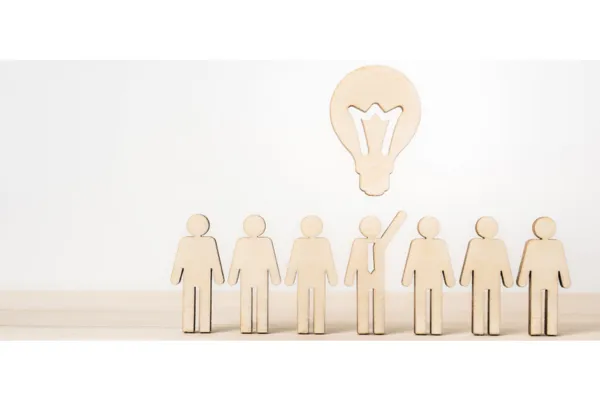
The Groupthink Menace: strategies for promoting independent thinking in your Organisation
Why human beings thrived?
The reason why we human beings conquered this planet is not because we are the smartest. Studies show that we Homo Sapiens are not as intelligent as Neanderthals. Sometimes even a chimpanzee could outsmart us. We have populated this planet because we are social learners. We are copycat champion. We learn from others even though when our intelligence is slow to catch up.
Two sides of the same coin: Social learning and Copycat
That, however, creates a hurdle for our society. We like to blend in, and hate being seen as rocking the boat. We have a tendency to adopt certain behaviours or attitudes simply because others are doing so.
A famous experiment by Solomon Asch reveals that individuals would conform because of social pressure. In 18 rounds of experiments, groups of participants were asked to match the length of lines on cards, a task with an obvious answer. Each group included only one real participant while the rest being confederates instructed to give the incorrect answer. Over 75% of participants went along with the rest of the group for the wrong answer. This phenomenon could be understood as Bandwagon effect or Groupthink, depending on whom you ask.
Our ultrasocial learning ability is also killing our originality which could be deadly for organisations. Groupthink could kill an organization in various ways. Imagine, when your company wants to launch a faulty new programme and no one wants to point out the faults; when colleagues are quiet quitting and others will quickly follow suit just to blend in.
Ways to fight Groupthink in Organisations
1. Devil’s Advocate system
The Devil’s advocate was an official position at one time in the Roman Catholic Church. The job of the Devil’s advocate was to find and present negative information on a person who passed away when considered for canonization. In today’s term, it is to present a counter argument to help people consider an idea from a different perspective. When a staff is assigned this role, he or she will be relieved from the burden to criticize because it is what the role requires him or her to do. Criticisms from other colleagues would also seem to be less offensive when the Devil’s advocate has broken the ice.
2. Anonymity
Allowing a colleague to put forward one’s feedbacks and ideas anonymously is a powerful way to improve an organization. Many people conform not because they lack ideas but because they are worried about the consequences. In the case of brainstorming, a colleague might fret that they will need to take up more responsibility when they put forward a suggestion. Anonymity severed this cause-and-effect relationship. It can be applied to giving 360-degree feedbacks (especially effective in evaluating the performance of someone more senior in rank), exit interviews, ideas brainstorming, etc.
3. Using creative thinking tools
There are various creative thinking tools widely used in a corporate setting. The benefit of using these creative thinking tools is again, to take the pressure off an individual when they do not go along. The tool gives permission to individuals to differ. Creative thinking tools including Edward De Bono’s Six Thinking Hats, Mind mapping, SCAMPER, the 5 Whys, etc.
4. One-to-One Setting
Other than masking an individual’s voice, manifesting individuality is another way around the problem. In one-to-one settings, individuals would feel that they are on equal footing and are entitled to their own ideas. It could be a mentorship programme, coaching, paired discussions, etc. Creating more opportunities for colleagues to establish one-to-one relationships help ideas flowing freely and reciprocally.